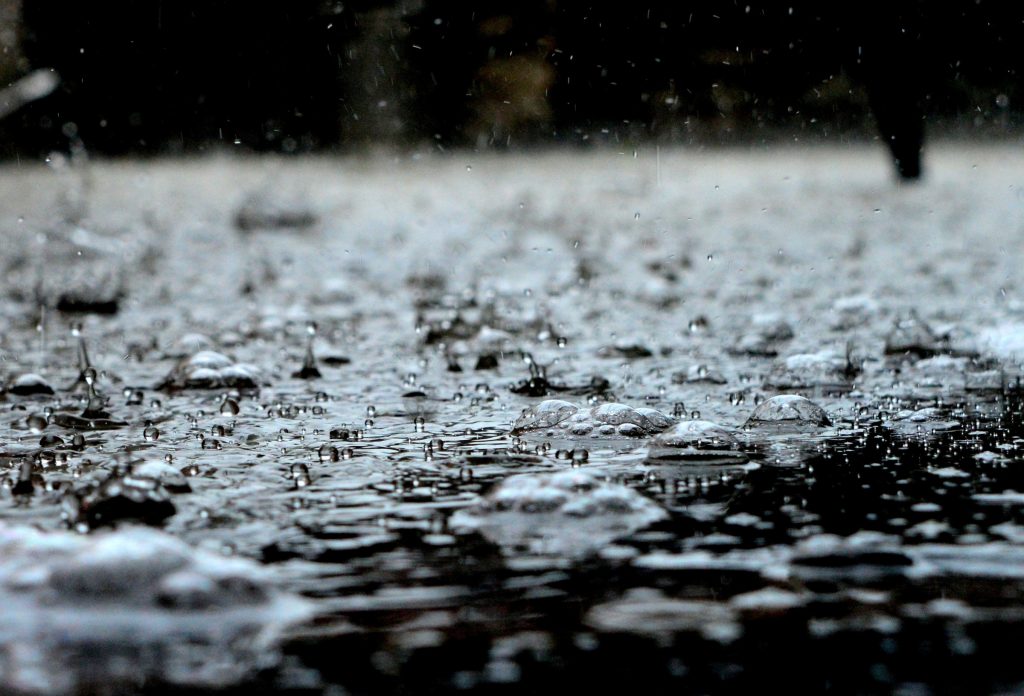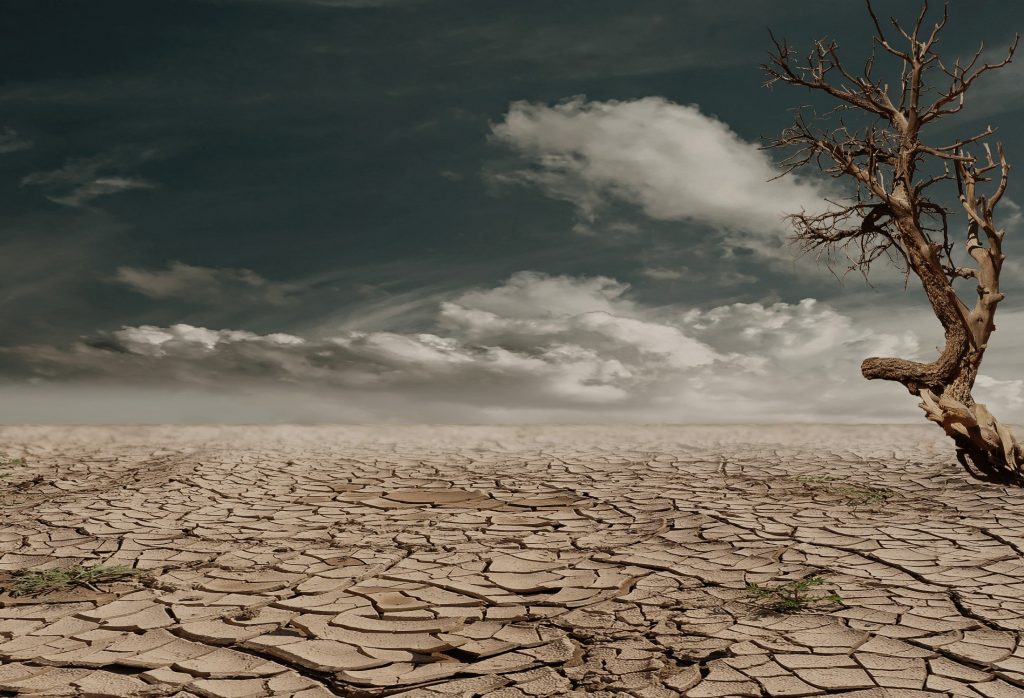Home » Community Climate Resilience Menu » Explore Our Menus » Built & Natural Environment Menu
Built & Natural Environment Menu

Weather patterns in Wisconsin and beyond are changing which is affecting temperature and precipitation throughout the year. These changing conditions can affect the built areas of the state, natural resources, and agriculture. The results can be costly; however, developing resilience strategies can help to lessen impacts and costs to communities, residents, and businesses over the long term.
Equity & Environmental Justice
People are not equally impacted by the effects of the changing climate. Understanding societal inequities and ways to identify and address them will lead to the whole community being more resilient. Inequities have been shown to be associated with poverty, age, race, gender, health, education, and social status. For example, some households and businesses are located in areas that are more vulnerable to flooding or have more exposure to pollutants. Others cannot afford to moderate their building to reduce impacts from extreme temperatures, cool their homes with air conditioning and fans, or repair buildings that harbor mold after a flood.
Identifying equitable policies and programs starts with having a diverse group of people discussing the problems and potential solutions. Consideration of how proposed resilience solutions may result in negative effects or even exclude part of the community will lead to solutions that make the entire community more resilient. Because equity is such a critically important topic, the authors of this menu suggest considering equity with each item on this resilience menu.
This portion of the community resilience menu is organized according to changes in temperature, precipitation, and drought that are projected for Wisconsin and solutions can lead to increased resilience.
Climate models show how variables like temperature and precipitation have historically changed or are projected to change across the state and during different times of the year. To help choose appropriate resilience strategies, communities are encouraged to review these changes based on historic records and climate projections. Maps showing temperature and precipitation changes in the state can be found on the Wisconsin Initiative on Climate Change Impacts.
Each Menu has a definition or explanation and a series of strategies organized in a menu format (i.e., Equity & Environmental Justice, Education & Information, Low-Cost Strategies, Significant Resource Deployment, Celebrating Successes, and Grants & Funding) where links and resources (e.g., additional information, examples, case studies, best practices) are provided. Revisit the menu format.








